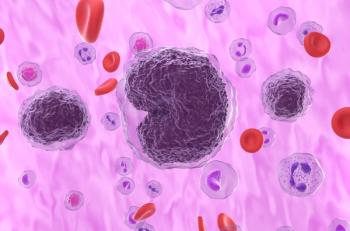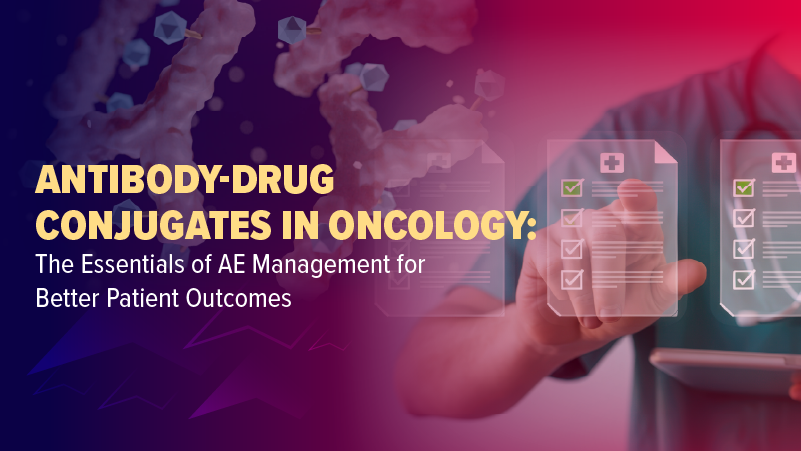
Cilta-Cel Shows Promise in Earlier Lines of Treatment in Patients With Progressive Multiple Myeloma
Cohort A of the CARTITUDE-2 study is evaluating cilta-cel safety and efficacy in patients with multiple myeloma who received 1 to 3 prior lines of therapy.
In patients with progressive multiple myeloma after 1 to 3 prior lines of therapy, a single ciltacabtagene autoleucel (cilta-cel)infusion led to deepening and durable responses at 17.1 months follow-up in this difficult-to-treat population with a poor prognosis. This is according to the updated clinical data from Cohort A of the ongoing multicohort phase 2 CARTITUDE-2 study (NCT04133636).1
The data were presented at the
In February, cilta-cel (CARVYKTI, Jansen Biotech, Legend Biotech), a B-cell maturation antigen (BCMA)-directed chimeric antigen receptor T-cell (CAR-T) therapy, received FDA approval for the treatment of adults with relapsed or refractory multiple myeloma after 4 or more prior lines of therapy.2
CARTITUDE-2 is evaluating the safety and efficacy of cilta-cel in various multiple myeloma settings including earlier lines. Cohort A of the study is evaluating cilta-cel safety and efficacy in patients with multiple myeloma who received 1 to 3 prior lines of therapy, including a proteasome inhibitor and immunomodulatory agent, and who are lenalidomide-refractory and have had no prior exposure to BCMA-targeting agents.
As of January 2022 (median follow-up 17.1 months), 20 patients (65% male, median age 60) received a single cilta-cel infusion (target dose 0.75×106 CAR+ viable T cells/kg)
post lymphodepletion. Safety and efficacy were assessed, and the primary end point was minimal residual disease (MRD) negativity at 10-5.
The overall response rate (ORR) was 95%, while 90% achieved a complete response
(CR) or better, and 95% had a very good partial response (VGPR) or better. The median times to first and best response were 1 month and 2.6 months, respectively. Of the patients, 16 were MRD-evaluable, all of whom achieved MRD negativity at 10-5. The median duration of response (DOR) was not reached and the 12-month event-free rate was 79%. The 12-month progression free survival (PFS) rate was 75%.
Meanwhile, the median time to onset of cytokine release syndrome was 7 days and it occurred in 95% of patients, with median duration of 3 days. The rates of neurotoxicity and immune effector cell-associated neurotoxicity syndrome (ICANS) were 30% and 15%, respectively, while 1 patient had grade 2 facial paralysis.
One death occurred due to COVID-19, while 2 were due to progressive disease, and 1 was due to sepsis that was unrelated to the treatment.
The updated data from the CARTITUDE-2 study “demonstrates the promise of cilta-cel in earlier lines of treatment,” said Ying Huang, PhD, chief executive officer of Legend Biotech.3
This patient population is being further evaluated in the CARTITUDE-4 study (NCT04181827).
For more coverage of ASCO 2022,
REFERENCES
1. Einsele H, Cohen A, Delforge M, et al.Biological correlative analyses and updated clinical data of ciltacabtagene autoleucel (cilta-cel), a BCMA-directed CAR-T cell therapy, in lenalidomide (len)-refractory patients (pts) with progressive multiple myeloma (MM) after 1–3 prior lines of therapy (LOT): CARTITUDE-2, cohort A. Presented at: 2022 ASCO Annual Meeting, June 3-7, 2022. Abstract #8020
2. U.S. FDA Approves CARVYKTI™ (ciltacabtagene autoleucel), Janssen’s First Cell Therapy, a BCMA-Directed CAR-T Immunotherapy for the Treatment of Patients with Relapsed or Refractory Multiple Myeloma. News release. Janssen Biotech. February 28,2022.https://www.jnj.com/u-s-fda-approves-carvykti-ciltacabtagene-autoleucel-janssens-first-cell-therapy-a-bcma-directed-car-t-immunotherapy-for-the-treatment-of-patients-with-relapsed-or-refractory-multiple-myeloma .
3. Legend Biotech to Highlight Continued Progress in the Treatment of Multiple Myeloma With Updated Data From BCMA CAR-T Studies at 2022 ASCO and EHA. News release. Legend Biotech. May 18, 2022.https://www.businesswire.com/news/home/20220518005307/en/
Newsletter
Stay at the forefront of cutting-edge science with CGT—your direct line to expert insights, breakthrough data, and real-time coverage of the latest advancements in cell and gene therapy.












































